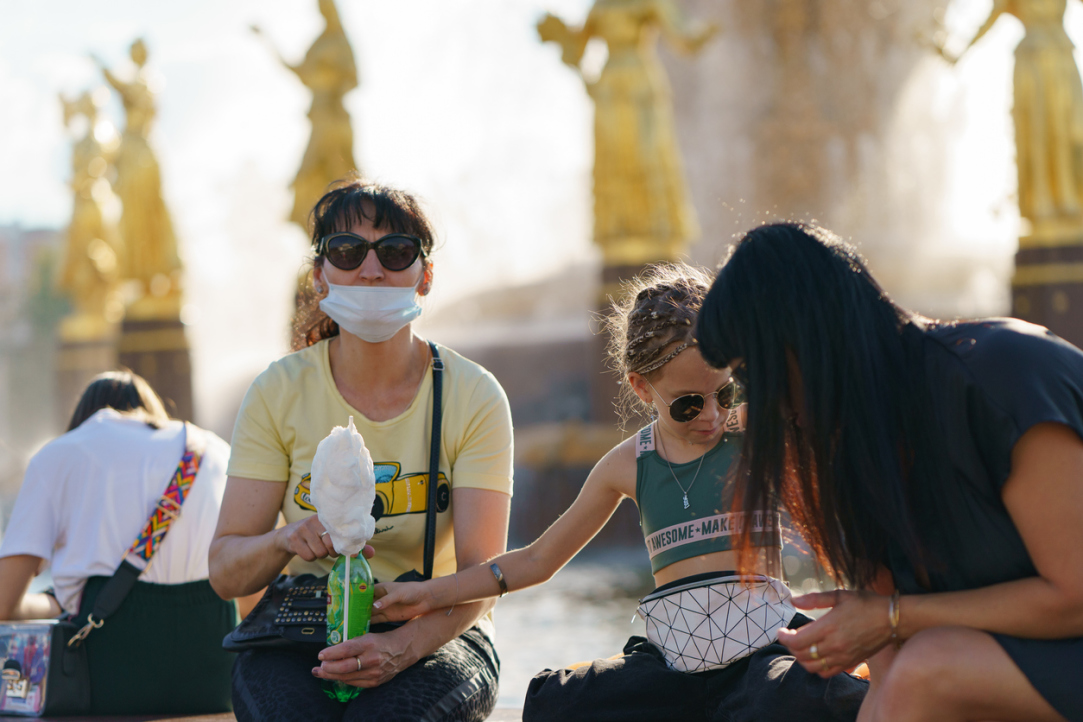Moscow Ranks among World’s Top Three Major Cities Implementing Effective Economic Policy During the Coronavirus Crisis

Researchers from HSE University conducted a study of 15 of the world’s largest cities in Europe, Asia, and North America that assessed the cities’ labour market activity, post-quarantine economic recoveries, and the extent to which their digital infrastructures were prepared for the crisis. The study showed that Seoul and Shanghai, followed by Moscow, dealt with the crisis most effectively. Singapore and Stockholm ranked 4th and 5th, respectively.
The study ‘World Cities: Effectiveness of Economic Policy Measures during the Corona Crisis’ was conducted by researchers of the Institute for Public Administration and Governance and the Faculty of Urban and Regional Development of HSE University. Experts analyzed how the governments of the world’s 15 largest cities, including Moscow and St. Petersburg, dealt with the pandemic, quarantine measures, and their consequences.
In the final ranking of economic policy effectiveness, Moscow took third place (64 points), behind only Seoul (75 points) and Shanghai (68 points). St. Petersburg took seventh place (55 points). The cities that performed most poorly in the assessment were London (39 points), Berlin (38 points), and Montreal (27 points).
The researchers note that Moscow, along with Seoul, Shanghai, and Singapore, is among the cities that pursued the most effective and balanced economic policies during the coronavirus pandemic. At the same time, the number of coronavirus cases in Asian cities was several times lower than in Moscow, and the peak of the epidemic occurred one to two months earlier.
The ranking assessed cities with regard to three main factors: the quality of the labour market (weighted at 40% in the overall ranking), the economic recovery after quarantine restrictions were lifted (30%), and the extent to which a city’s digital infrastructure was prepared for the crisis (30%). ‘The final ranking therefore considers various aspects of economic adaptation and cities’ effectiveness in maintaining consumer demand and employment levels,’ explains Marcel Salikhov, Director of the Centre for Economic Expertise at HSE’s Institute for Public Administration and Governance. The ranking categories were calculated on the basis of official statistics, such as cities’ unemployment rates, retail sales, resident mobility, and other socio-economic factors.
‘Moscow’s fairly strong performance is due to the city government’s balanced economic assistance policy, as well as its diversified and stable economic structure,’ says Marsel Salikhov.
The researchers note that despite Moscow’s relatively high number of COVID-19 cases and its long-lasting quarantine measures, the city managed to maintain a stable labour market thanks to measures taken to support business and employment. The unemployment rate in the second quarter of 2020 was only 2%, which was the lowest among cities in the world with a population of over 10 million people. The ranking shows that among the world’s largest cities, Singapore, Moscow, Stockholm, and Seoul maintained labour market activity most effectively.

Once pandemic-related restrictions were lifted, the economic recoveries observed in large cities were uneven. The cities that demonstrated the quickest economic recoveries were Moscow, Istanbul, and Asian megacities such as Shanghai and Seoul. Montreal, Singapore, and the capitals of Western Europe, which have been badly affected by the pandemic and border closures, demonstrated the weakest economic recoveries. In terms of the rate of recovery in consumer demand, calculated by the rates of retail turnover, Moscow is second only to Shanghai, and noticeably ahead of all other cities, including large cities where the peak of the epidemic occurred one or two months earlier.
The availability of online services and the development of digital infrastructure turned out to be critical not only for the operation of city services, local emergency services, and commercial companies during the pandemic, but for ensuring the comfort and safety of ordinary citizens. The digital infrastructures of major Asian cities (Singapore, Seoul, and Beijing) proved themselves to be most prepared for the pandemic. Beyond the Asia-Pacific region, the leading positions were taken by Stockholm, Moscow, and Paris.
Cities’ main tools of economic support proved to be the support packages they provided their residents. In most cities around the world, the bulk of government support came from the federal level.
Marcel Salikhov

However, a number of cities, including Beijing and Moscow, implemented their own ambitious programmes to support businesses and citizens. In absolute terms, the economic assistance package implemented in Moscow at the city level is comparable to the volume of anti-crisis financing in Madrid, Berlin, and Tokyo.
The authors of the study note that the COVID-19 pandemic has required all levels of government to change the way they manage and respond to emerging challenges. Returning to normal life and lifting restrictions allows city economies to restart and return to their pre-crisis levels of consumption and employment, which helps restore incomes for those working in the service industry as well as restore tax revenue for their budgets.

